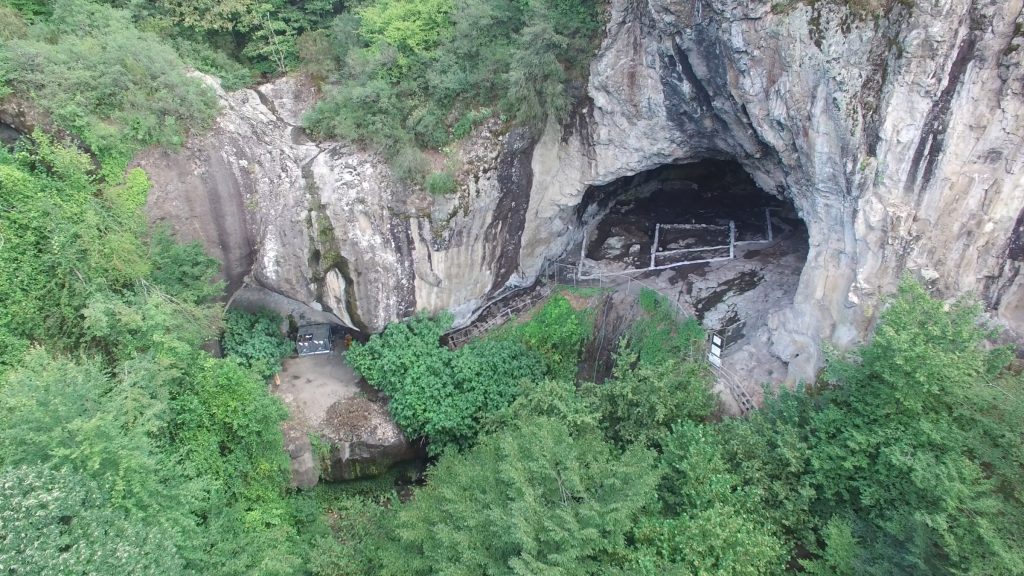Archaeologists at Inönü Cave, located in Alacabük village in the Ereğli district of northern Türkiye’s Zonguldak, have uncovered artifacts possibly linked to the elusive Kaska people, an ancient Anatolian community mentioned in Hittite texts but long shrouded in mystery.
Hamza Ekmen, associate professor at Bülent Ecevit University and scientific adviser to the excavation, said findings from the cave’s third layer, dated to the Late Bronze Age, could offer the first archaeological evidence of this enigmatic group. “We propose that the findings in this layer, linked to the period of 1650 to 1200 B.C., may be associated with the Kaskas, a lost community of ancient Anatolia,” Ekmen explained.
Excavations at Inönü Cave began in 2017 under Ereğli Museum Director Ahmet Mercan, with a 25-person international team, including Ekmen. The cave, believed to be the western Black Sea’s oldest settlement, has yielded evidence of continuous human habitation dating back 6,500 years to the Chalcolithic Age.
Ekmen detailed the discovery of artifacts from five distinct periods of settlement, including items tied to the Hittites, a powerful Late Bronze Age civilization. The Hittites, who reigned from 1650 to 1200 B.C., frequently clashed with the Kaskas, who resided in the mountainous, forested northern regions of Hittite territory.
“Ancient Hittite kings, from Hattusili I to Suppiluliuma II, documented the Kaskas as raiders who pillaged cities, temples, and settlements during periods of Hittite vulnerability. They even seized Nerik, a key religious city dedicated to the storm god,” Ekmen said.
Despite over a century of Hittitology research, concrete evidence of Kaska habitation has remained elusive. “The Kaskas have always been a central question for scholars studying Hittite archaeology. Although their existence is frequently referenced in cuneiform texts, no settlement linked to them has ever been conclusively identified — until now,” he added.
Artifacts from Inönü Cave’s third layer bear striking similarities to Hittite-era objects but differ in context, suggesting a unique cultural identity. “The cave’s location and the lifestyle it suggests closely align with the geographical descriptions of Kaska territories in Hittite texts,” Ekmen noted.
Among the findings are seal stamps resembling Hittite designs and a dagger identical to one found in the Hittite city of Şapinuva. The team also uncovered wooden platforms, likely used as living spaces or storage, and numerous metal, clay, and bone objects.
Ekmen believes these findings mark a breakthrough in understanding Anatolia’s lost Kaska community. “The combination of these artifacts offers compelling clues that Inönü Cave may be the first archaeological site linked to this enigmatic group. These discoveries provide a critical foundation for future research into their history,” he said.
Excavations at Inönü Cave are ongoing, with the site under preservation to protect its historical significance.


